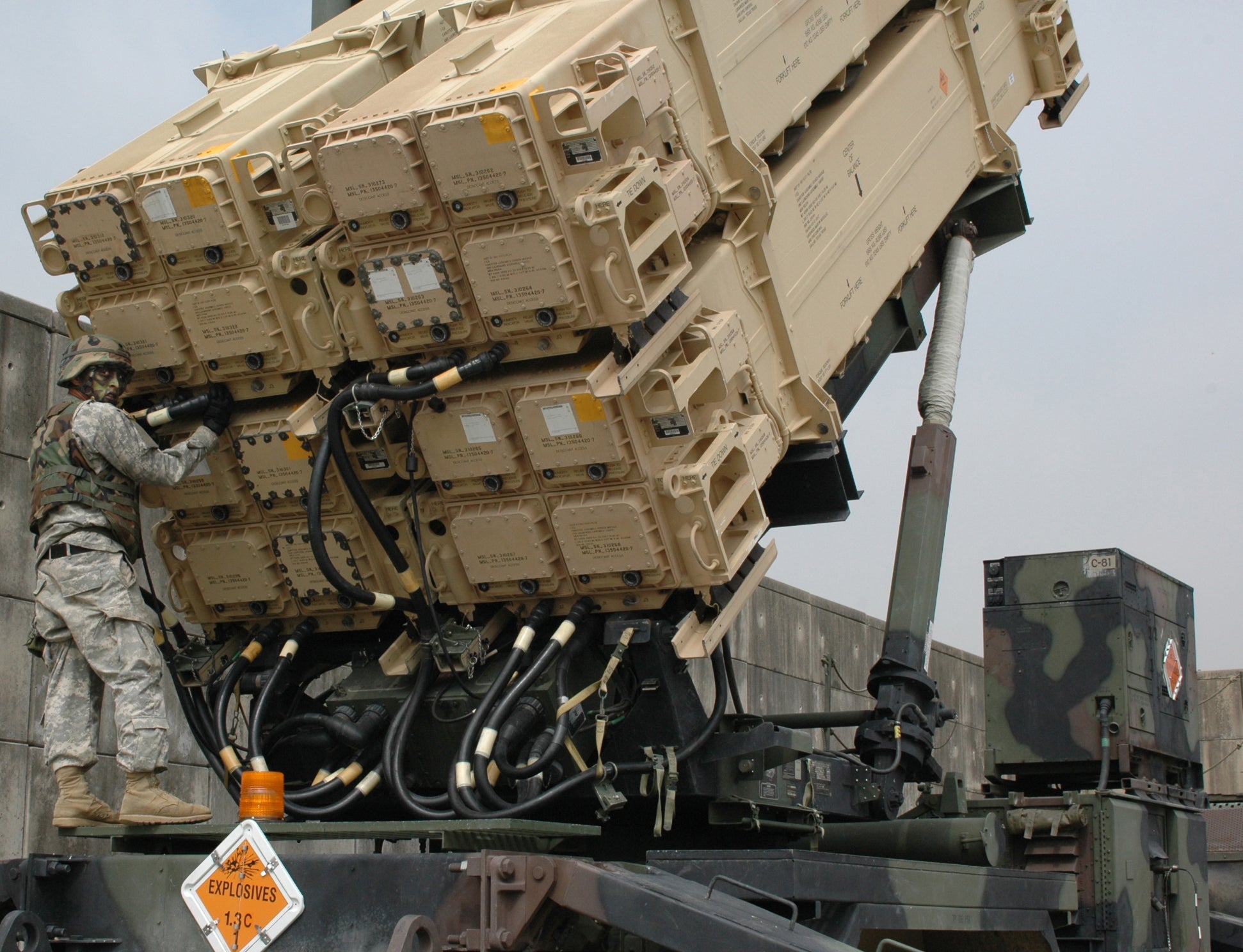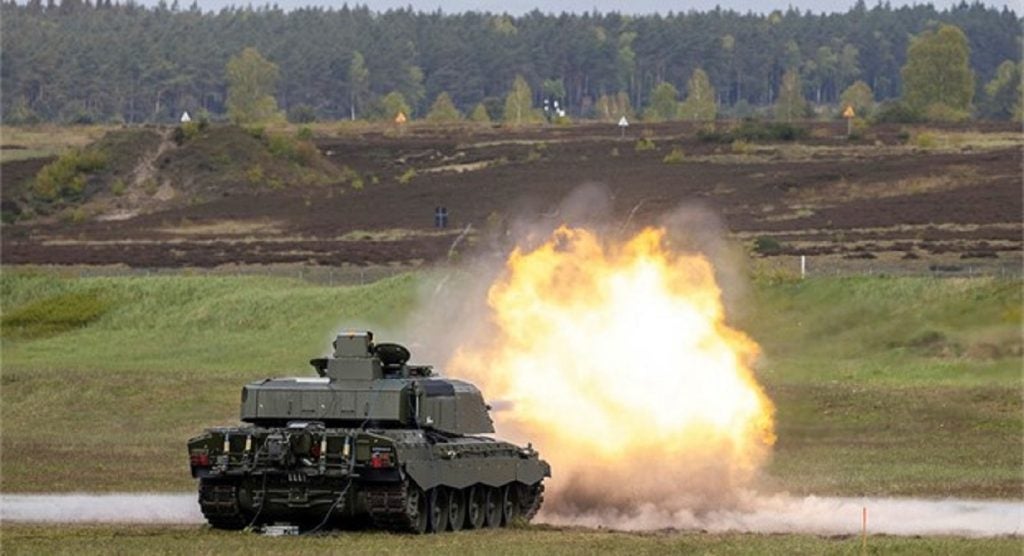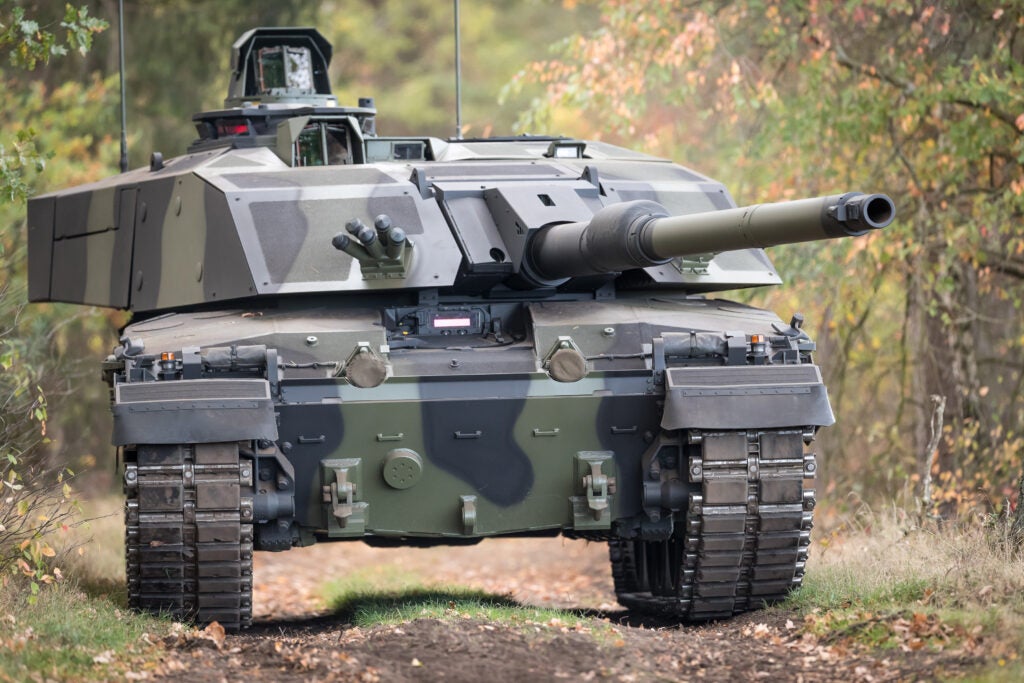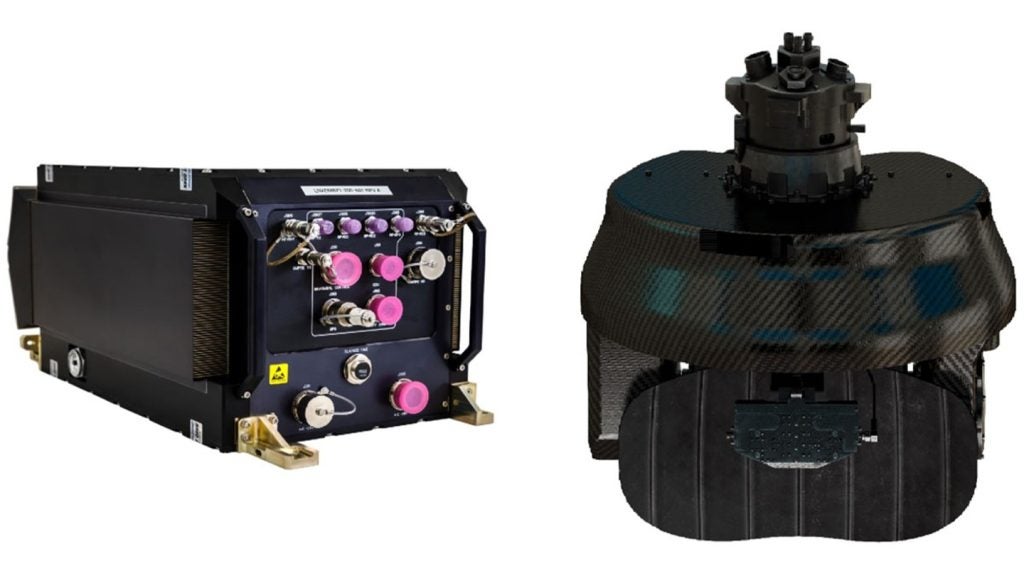
Lockheed Martin has conducted US Army-led flight tests of its PAC-3 Missile Segment Enhancement (MSE) interceptor and PAC-3 cost reduction initiative (CRI) interceptor.
The flight tests demonstrated the upgrades to its PAC-3 MSE interceptor and confirmed the reliability of PAC-3 CRI.
During testing, a PAC-3 MSE intercepted a tactical ballistic missile target. This validated missile and launcher software and hardware component upgrades.
According to the company, the upgrades enable the future performance of the PAC-3 MSE interceptor by providing protection from evolving threats.
The upgrades will be moved into production next year.
Lockheed Martin PAC-3 Programs vice-president Brenda Davidson said: “Flight tests like these demonstrate how we continue to evolve PAC-3 to ensure we remain ready for the 21st-century battlefield while also showcasing our record of reliability in the field.
How well do you really know your competitors?
Access the most comprehensive Company Profiles on the market, powered by GlobalData. Save hours of research. Gain competitive edge.

Thank you!
Your download email will arrive shortly
Not ready to buy yet? Download a free sample
We are confident about the unique quality of our Company Profiles. However, we want you to make the most beneficial decision for your business, so we offer a free sample that you can download by submitting the below form
By GlobalData“The warfighter needs to know that the PAC-3 missiles protecting them are going to work, every time.”
In addition, two PAC-3 CRI missiles each intercepted a tactical ballistic missile target. This was carried out in support of the US Army’s Field Surveillance Program (FSP).
Lockheed noted that these tests marked the 17th and 18th successful PAC-3 CRI FSP intercepts.
The first PAC-3 MSE FSP flight test is expected to be conducted later this year.
Featuring ‘hit-to-kill’ technology, the PAC-3 family of missiles defend against incoming threats, including tactical ballistic missiles, cruise missiles and aircraft.
Building on the combat-proven PAC-3 CRI, the PAC-3 MSE expands the ‘lethal battlespace’ with a two-pulse solid rocket motor.
Currently, 14 nations have selected PAC-3 CRI and PAC-3 MSE to provide missile defence capabilities.
Last June, the PAC-3 MSE interceptor completed testing at White Sands Missile Range in New Mexico, US.
In April last year, Lockheed secured a $6.07bn contract to produce PAC-3 MSE interceptors and associated equipment for the US Army.







